This article is brought to you by NetEase Smart Studio (public number: smartman163). Dive into the world of AI and discover what’s next in the future of humanity!
[NetEase Smart News, September 17] The fusion of human bodies with technology has surpassed even the wildest imaginations of decades ago. Superhuman strength, flexible movement, and extraordinary sensory abilities are no longer confined to science fiction—they're becoming a reality in our daily lives.
Although advanced technologies allow us to glimpse the future of human evolution, they are currently most beneficial for people with disabilities. Semi-mechanical technologies can replace lost limbs, organs, or senses, and in some cases, even enhance physical capabilities. These innovations are not just about restoring function—they’re about expanding what it means to be human.
Let’s take a closer look at six of the most fascinating robotic advancements today. They reveal how far we’ve come—and how far we might go in the future.
Identify Colors with Antennas

Neil Harbisson, an artist and activist, was born without the ability to perceive color. In 2004, he decided to change that. He implanted an electronic antenna on his skull, which converts light frequencies into vibrations that the brain interprets as sound. This allows him to "hear" colors. His system even detects wavelengths beyond the normal human range—like infrared and ultraviolet. In an interview with National Geographic, Harbisson described the antenna as an extension of his body, making him feel like a "cybernetic miracle." However, his transformation wasn’t universally accepted. His passport was challenged by the UK government, but he eventually became the first legally recognized "semi-robot."
Luke Arm – A Prosthetic That Feels Real
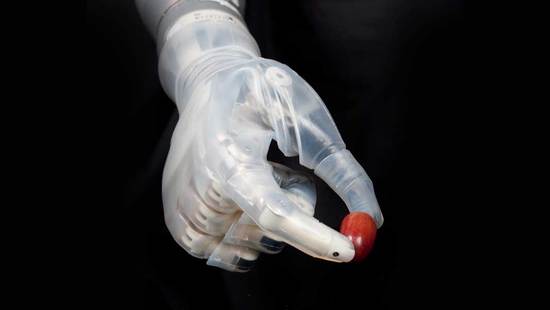
The "Luke Arm" is a prosthetic designed to mimic the sensation of a natural arm. Named after Luke Skywalker from Star Wars, this device uses motors and sensors to simulate resistance, helping users identify objects through touch. It can be controlled via muscle signals and foot switches, allowing for precise movements. Approved by the FDA in 2014, the Luke Arm offers flexibility and precision, enabling users to perform delicate tasks like picking up coins or opening doors. It costs around $100,000 and is now available through doctors.
Artificial Vision – Seeing Through Technology
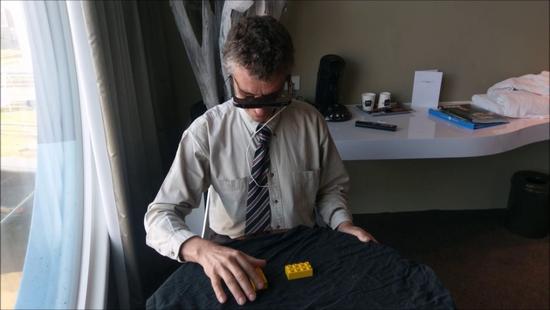
Jens Naumann was one of the first to receive an artificial vision system. After losing his sight due to an accident, he participated in a clinical trial where a camera was connected directly to his brain. This allowed him to perceive images as a "dot matrix," giving him limited vision. Unfortunately, the system failed after a few weeks, and without the inventor’s documentation, it couldn’t be repaired. Despite this, the breakthrough showed the potential of neural interfaces in restoring sight.
Thought-Controlled Bionic Leg
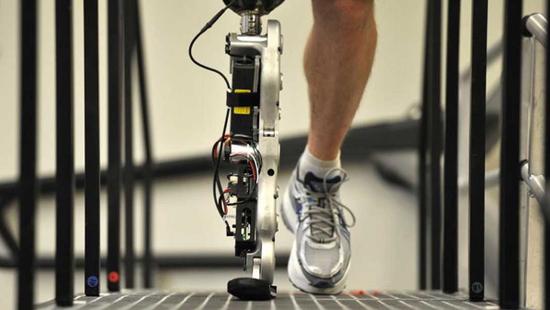
Zac Vawter, a software engineer, developed the first thought-controlled bionic leg using Targeted Muscle Reinnervation (TMR). After losing his leg in 2009, he created a prosthetic that could interpret brain signals. In 2012, he climbed 2,100 steps in under an hour, proving the technology's potential. This innovation marked a major step forward in making prosthetics more intuitive and responsive.
Bionic Hand – More Than Just a Prosthetic
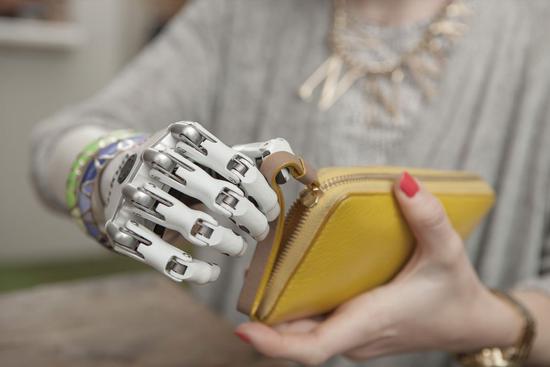
BeBionic’s bionic hand is one of the most advanced prosthetics available. Each joint has its own motor, allowing for independent movement. It also features 14 pre-set grip patterns and can adjust grip strength in real time, letting users handle fragile items like eggs or heavy objects like a 45 kg weight. Since 2010, it has been used commercially, with ongoing improvements in battery life and software.
Electronic Eye – Capturing the World Through a Camera
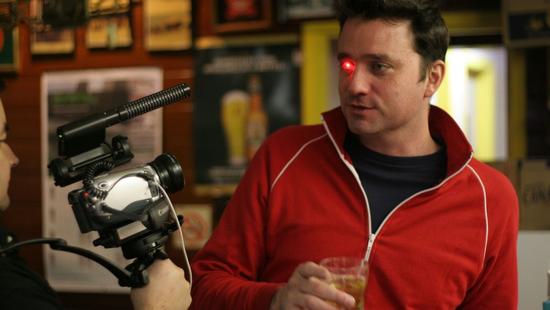
Rob Spence, a filmmaker, had an accident that left him blind in one eye. With the help of engineers, he replaced his damaged eye with a fake one containing a camera. This "eyeborg" lets him record everything he sees, and he used it to create a documentary called *Deus Ex: The Eyeborg Documentary*. The tiny device can capture 30 minutes of video before needing a recharge, showing how far wearable tech has come.
Stay tuned to NetEase Smart Studio (public number: smartman163) for the latest updates on AI and the future of technology.
FRP Septic Tank,frp bio septic tank,frp septic tank price,underground frp tank
Hebei Dingshengda Composite Material Co., Ltd. , https://www.frpdsd.com